In LaFlamme’s view, in today’s world, it’s not only about the environmental actions companies can take to make their processes more sustainable and better for the planet, but also the social and governmental actions that they can take as well, as we talk about sustainability also from a human and a geopolitical standpoint, besides the environmental one.
“Beyond reducing emissions and implementing more sustainable packaging, how can we be more inclusive with our product design and work environments and also give back to our communities? What can we do to foster a culture that strives to attain the highest standards of sustainability but also ethical business conduct? By asking ourselves these questions and taking action, we can create a sustainable and smarter future for all”, says Francois LaFlamme.
When it comes to Motorola, and its brother brand Lenovo, there are several actions that support both companies long-term goals to improve sustainability.
New Motorola devices have a plastic-free box with 60% post-consumer recycled materials
Most recently, Motorola announced that all the new edge devices are arriving with a plastic-free box made with over 60% post-consumer recycled materials. A commitment to the company’s efforts to use more recycled materials and reduce single-use plastics, packaging is certainly one of the ways that they explore to accomplish this effort.
A measure that, according to LaFlamme, contributes to their goal of using 50% less single-use plastics and reducing the size/volume of their smartphone packaging by 10% by the fiscal year 2025/26.
At the same time, the team at Lenovo has set aggressive, science-based greenhouse gas emission reduction goals for 2030. After meeting and exceeding its 2020 emissions reduction goals, Lenovo announced 2030 emissions reduction targets for scope 1, 2, and 3 emissions that were approved by the Science Based Targets initiative.
So, by 2030, Lenovo plans to reduce scope 1 and 2 emissions by 50% and reduce emissions intensity for key categories of scope 3 emissions by 25% (relative to a base year 2019). Lenovo has set a vision to achieve net-zero by 2050, according to LaFlamme.
“As a Lenovo company, Motorola’s emissions management and measurement are aligned to these goals. Additionally, Lenovo products are continually evaluated for ease of disassembly and recycling as part of the “circular economy” with more than 29,000 metric tons of product through Lenovo’s product take back program”, adds Francois LaFlamme.
Francois is Global Chief Marketing Officer & Strategy Officer for Motorola Mobility, being responsible for Motorola’s global marketing strategy. He joined Lenovo in 2012 as Vice President of Corporate Strategy, where he focused on Lenovo’s global growth strategy and strategic initiatives, including the acquisition of Motorola Mobility and IBM’s System X division. Prior to joining Lenovo, Francois held various strategic positions at McKinsey & Co, Intel and Dell. He holds an MBA from Duke University and Honors Commerce degree from Queen’s University (Canada).
Taking examples from his experience, Francois is convinced that nowadays companies have a responsibility, beyond just offering a product or service, to all their stakeholders to make progress on their climate change commitments, have a positive social impact in the communities where they do business, and be model corporate citizens in their ethical behaviors.
Sustainability shifted from nice to have to essential business plan
That is why, in his view, sustainability strategies have shifted from ‘nice to have’ to an inherent part of a business’s future plans.
“Now more than ever, businesses are understanding that the actions we take today directly shape our futures, and investors recognize this as well. Not having a sustainability strategy is a financial risk that can influence the short and long-term viability of a company”, comments LaFlamme.
“As a global technology powerhouse, Lenovo and Motorola recognize that it can make the world more sustainable through innovative applications of our technology and the scale of our global business”, states Francois, adding that in Lenovo’s case, the company has been reporting on its sustainability strategy for 16 years and continues to integrate sustainability into its products and practices.
The Motorola and Lenovo representative continues to say that Lenovo has set key performance indicators across its environmental, social and governance programs and reports its progress toward these goals in its annual ESG Report.
Some key areas include emissions reduction, participation in the circular economy, female executive representation and philanthropic impact.
“Lenovo is on track to meet and exceed its goal to positively impact 15 million people by 2025, and has focused on its deeper impact goal: to transform 1 million lives by 2025 through technology ownership, skilling, and other deeper charitable investment opportunities”, adds LaFlamme.
When it comes to building towards a sustainable future, Francois LaFlamme is certain that there are a number of actions we can all take. For example, reducing gas emissions, adopting sustainable product design, and implementing more sustainable packaging practices.
“At Motorola and Lenovo, we’re committed to implementing sustainable practices such as those listed and strive to make a positive social and environmental impact in the world through our business. But we also believe we have the opportunity to empower our customers to make a change too. We recognize the scale of our global business and hope our innovation empowers people to connect, thrive, and create solutions to some of the world’s biggest problems”, concludes Francois LaFlamme.
 Oana Coșman
Oana Coșman

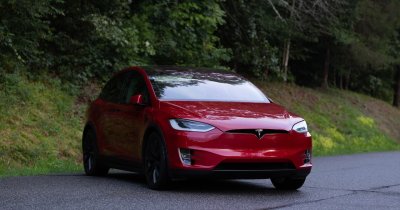




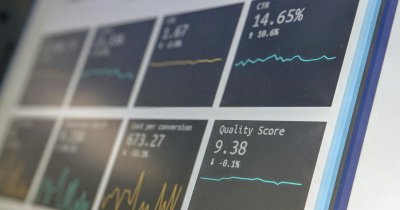

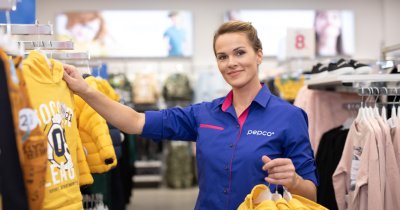
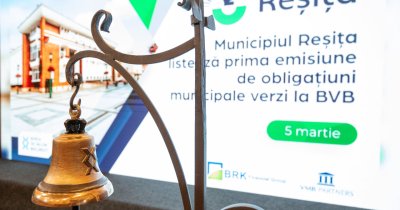

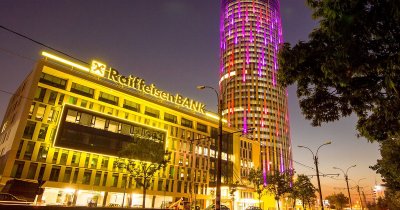
Any thoughts?